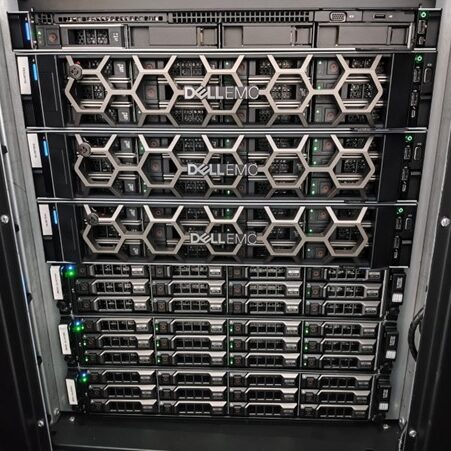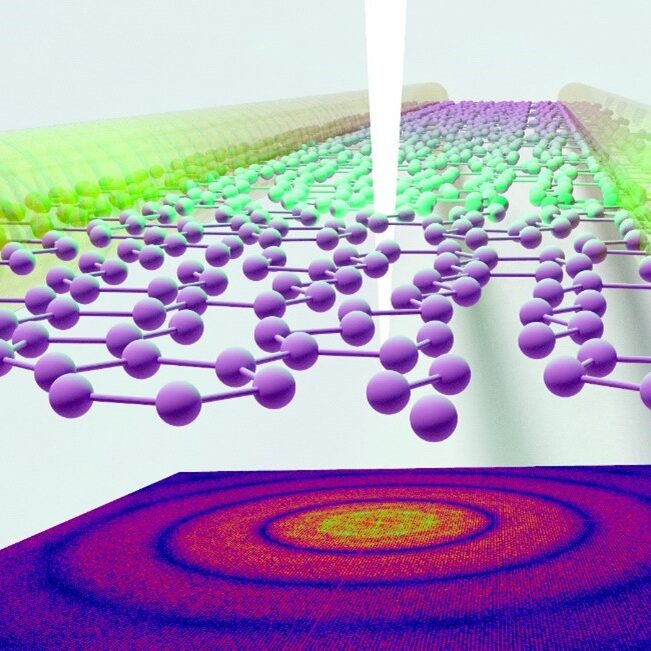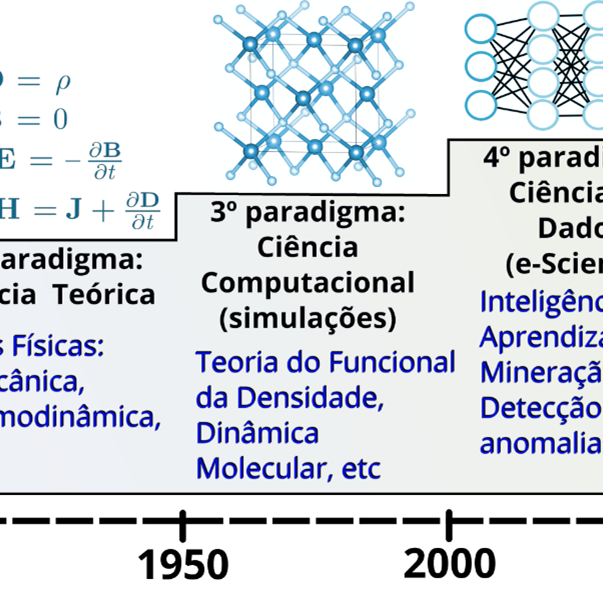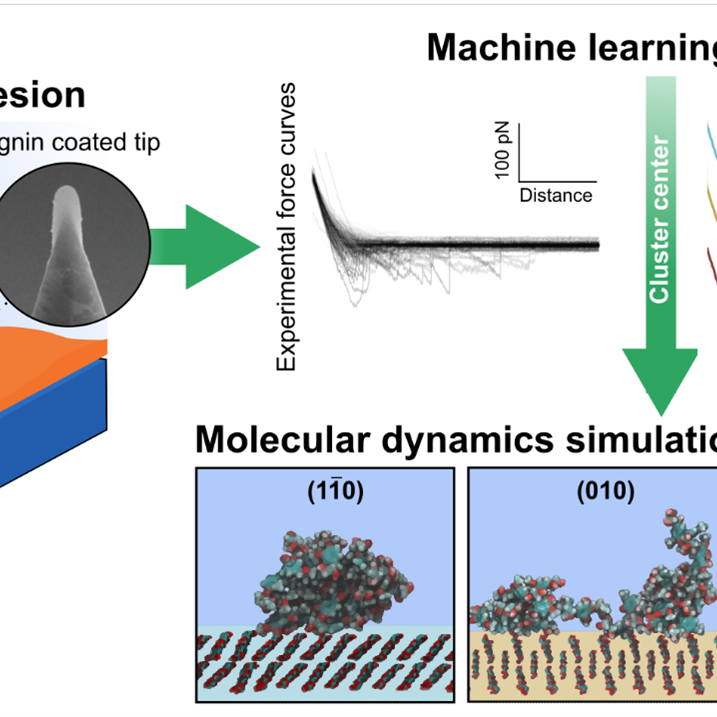We work at the fascinating intersection of nanoscience, computational materials science, condensed matter physics, and artificial intelligence, whereby we seek to unravel the complex behaviors and properties of materials at the atomic and molecular levels. Using high-performance computing infrastructure, we employ state-of-the-art computational techniques, such as density functional theory, molecular dynamics, and machine learning to research and design new materials with specific properties. We focus on understanding the fundamental physics underlying the behavior of materials at the nanoscale and harness this knowledge to develop materials for next-generation applications in electronics, quantum technologies, energy storage, sustainability, and more.
By collaborating closely with experimental groups and industrial partners, we are particularly interested in exploiting machine learning and deep learning algorithms to accelerate the discovery of new materials, predict their properties, and optimize their performance, significantly reducing development costs. By bridging the gap between theoretical predictions and practical applications, we aim to push the boundaries of materials science and contribute to developing game-changing technologies and innovative solutions to global challenges in energy, environment, and health.
 Facilities
Facilities
Theory and Computational Simulation of Materials
Features:
- • Structure and properties of the ground state;
- Density Functional Theory (DFT);
- Properties and electronic structure of materials;
- • Atoms in motion;
- Molecular Dynamics (MD): ab initio (quantum), semiempirical, machine learning, classical;
- Magnetic properties;
- Optical properties;
- Topological properties;
- Electronic transport;
- Automation and creation of databases;
- Large scale (high throughput);
- Discovery of new materials via high-throughput calculations and artificial intelligence;
- Data Science, Machine Learning, and Artificial Intelligence.
Data Science, Machine Learning and Artificial Intelligence
Features:
- Standardization of data collection and engineering.
- Predictive analysis of material properties.
- Analysis and modeling of experimental data.
- Image processing (particularly of different microscopies).
- Image segmentation via Deep Learning.
- Machine learning.
- Deep learning.
- Sequential optimization (active learning) of processes and design of experiments (DOX).
- Training predictive models for sensors.







